Innovative Teaching Methods: Exploring Project-Based Learning in Schools
As education systems evolve to meet the needs of
21st-century learners, many schools are embracing new approaches that move away
from traditional teacher-centered instruction. One innovative teaching method
that is gaining popularity is project-based learning (PBL). PBL transforms the
classroom dynamic into more student-driven through engaging, meaningful
projects. In this article, I will explore what PBL involves, discuss its
benefits for students, and share some examples of how schools implement this
hands-on, collaborative style of teaching and learning.
What is Project-Based Learning?
Project-based learning is an instructional approach
that involves students working for an extended period to investigate and
respond to an engaging and complex question, problem, or challenge. PBL is
centered around projects - activities focused on student needs and interests.
Students are responsible for designing, planning, and carrying out projects,
with the teacher taking on the role of facilitator.
Some key characteristics that define PBL include:
1. Projects are centrally focused on questions or problems that drive
students to encounter (and struggle with) a subject's central concepts and
principles.
- 2. Projects involve students in a constructive investigation where
they form additional questions, test hypotheses, and ideas, create
artifacts or products, and make explanations for audiences to shed light
on the question or problem.
- 3. Projects are student-driven to some significant degree, with room
for student voice and choice, giving ownership and empowering their
learning.
- 4. Projects often involve feedback from others, like outside
"experts" or product users, along with self and peer assessments
throughout the project's duration.
- 5. Projects culminate in realistic, student-directed presentations,
demonstrations, or performances with real-world audiences in mind. This
allows for applied learning experiences where students can solve
challenging, open-ended problems.
Benefits of Project-Based Learning
There is substantial research showing the benefits
of project-based learning for students. When PBL is implemented well, it can
lead to improved academic performance and skill development compared to
traditional instructional methods. Some specific benefits include:
- 1. Increased motivation and engagement. Well-designed PBL gives
students voice and choice in their learning through meaningful projects
that tap into their interests and curiosities. This intrinsic motivation
boosts engagement.
- 2. Deeper learning and understanding. By tackling open-ended, complex
questions and problems, students develop a deeper understanding of the
subject matter rather than shallow memorization. They retain information
longer.
- 3. Enhanced 21st-century skills. Skills like collaboration,
communication, creativity, critical thinking, and problem-solving are
heavily developed through PBL. These "soft skills" are crucial
for students' future career success.
- 4. Authentic assessment of understanding. Students demonstrate and
assess their mastery in a real-world context through culminating
presentations, products, or performances. This is more authentic than
multiple-choice tests.
- 5. Improved soft skills and self-direction. Taking ownership of
projects cultivates independence, time management, help-seeking, and the
ability to learn from failure. All essential skills for college and
career.
- 6. Connectedness to community. Projects sometimes involve interacting
with community members, experts, or end-users, exposing students to
diverse perspectives and potential career opportunities.
Examples of Project-Based Learning in Schools
More and more schools are implementing
project-based learning across different subject areas and grade levels. Here
are a few examples:
- 1. A 6th-grade science class studied water quality by testing samples
from a local river in labs and presenting their findings to city officials
to advocate for environmental policy changes.
- 2. High school history students researched their town's origins and
created museum-style exhibits with artifacts, multimedia, and historical
reenactments for a community open house.
- 3. Elementary students tackled designing accessible playgrounds by
interviewing kids with disabilities, drafting blueprints, and pitching
their ideas to local stakeholders for possible implementation.
- 4. An algebra class analyzed statistical data and presented stock
market portfolio recommendations to a panel of financial advisors.
- 5. A PBL unit in English class had small groups of students
researching social issues and then collaboratively writing and recording
podcasts to raise awareness on their chosen topic.
- 6. In a social studies class, different student
"delegations" competed to draft the best constitution for a
fictional country through simulation, debate, and public votes.
Challenges of Implementing PBL
While the benefits of project-based learning are
clear, it also presents challenges that schools must work to overcome:
- 1. Logistical and time management. Large, long-term projects require
careful teacher coordination and often intersect with testing schedules or
unit deadlines. Proper planning is critical.
- 2. Shifting roles. Both teachers and students must adjust to the
teacher taking on a more guiding facilitator role and students managing
their work at a higher level of independence.
- 3. Resources and funding. Projects may require supplies, field trips,
guest speakers, or other expenses beyond average budgets. Creative
solutions are needed.
- 4. Assessment difficulties. Developing valid rubrics to assess
open-ended, critical, subjective student work and understanding can be
complex. Consistency is important.
- 5. Resistance to change. Some teachers and parents may be skeptical of
less-structured approaches or worry projects compromise core instruction.
Communication is essential to alleviate concerns.
- 6. Collaboration hurdles. Group work necessitates social-emotional
skill building for things like conflict resolution, equitable work
distribution, and valuing diversity of ideas.
7. With dedicated professional development, adequate
support, and an incremental rollout process, schools can work to effectively
overcome challenges to a project-based model that yields rich learning
experiences for students. Overall, innovative teaching methods like PBL promise
to engage today's learners.
In summary, project-based learning is a
student-centered, hands-on instructional approach gaining popularity among
schools looking to move beyond traditional lectures to motivate learners. When
implemented thoughtfully, PBL significantly benefits academic achievement and
developing collaboration and 21st-century skills. While challenges exist, many
schools are successfully incorporating authentic projects to enhance
educational outcomes for students.





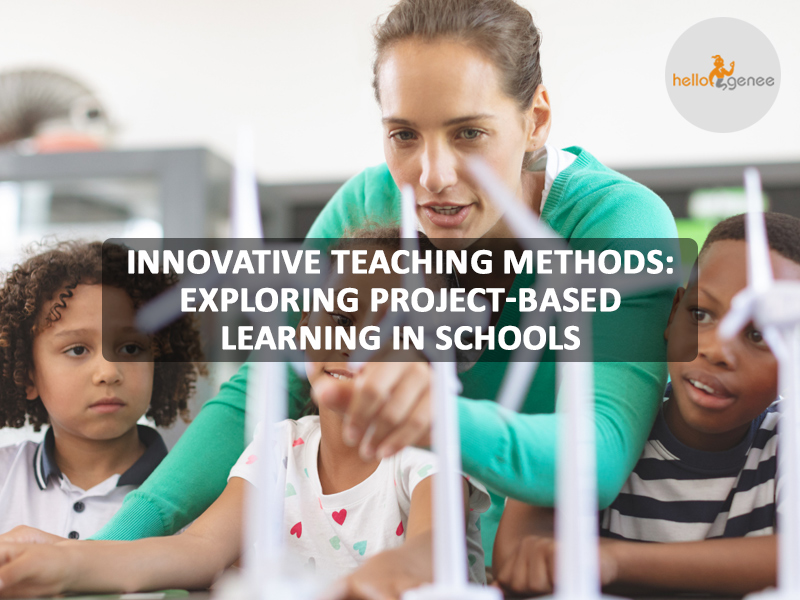
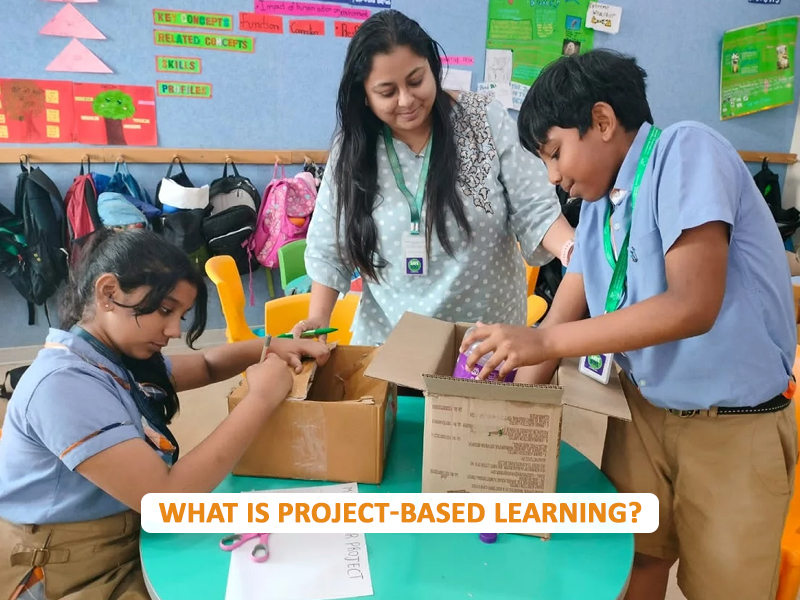
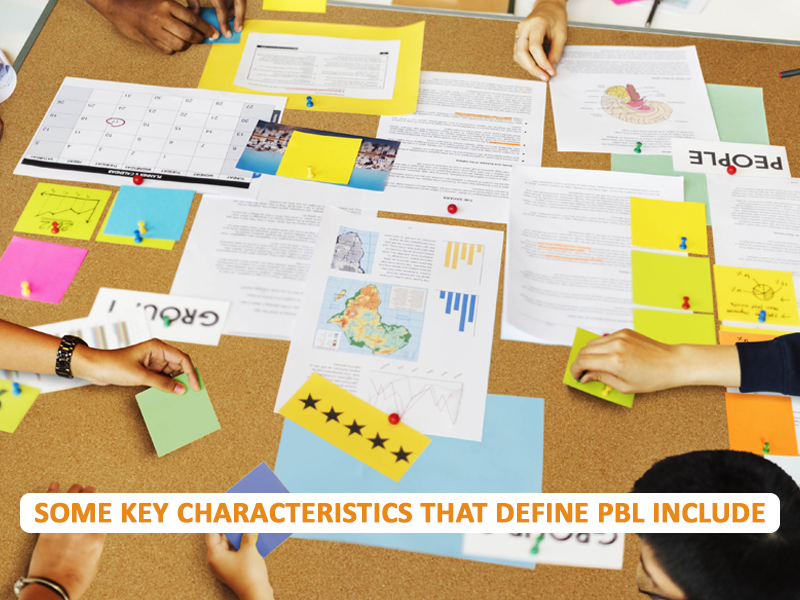
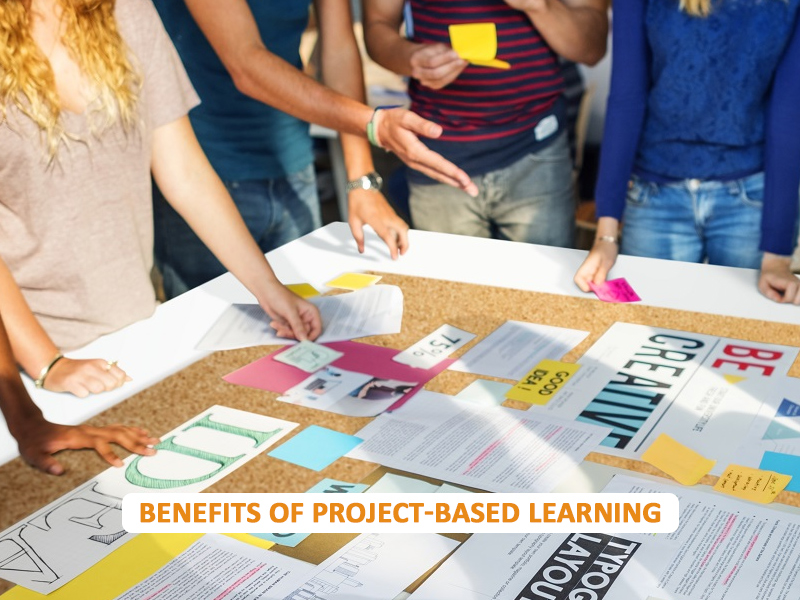
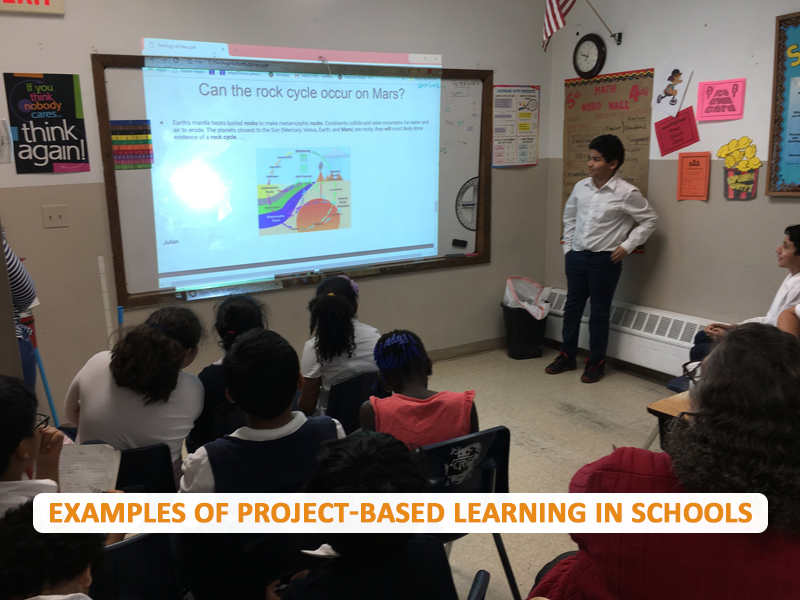
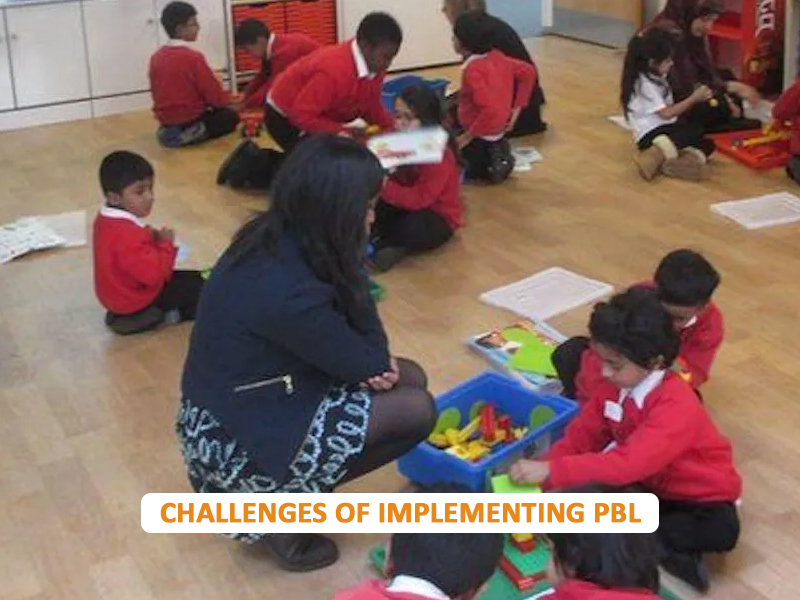






Comments